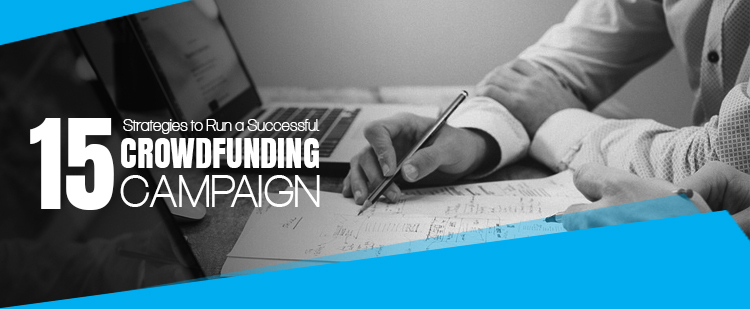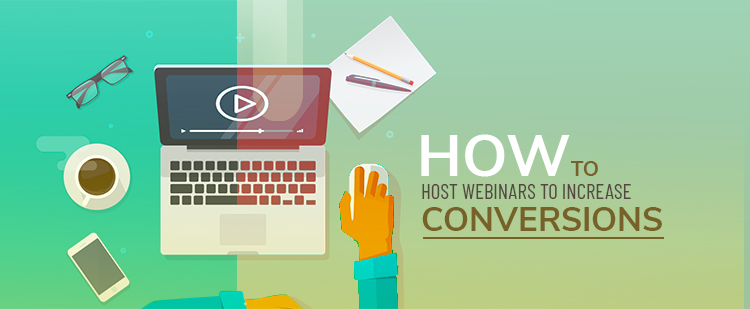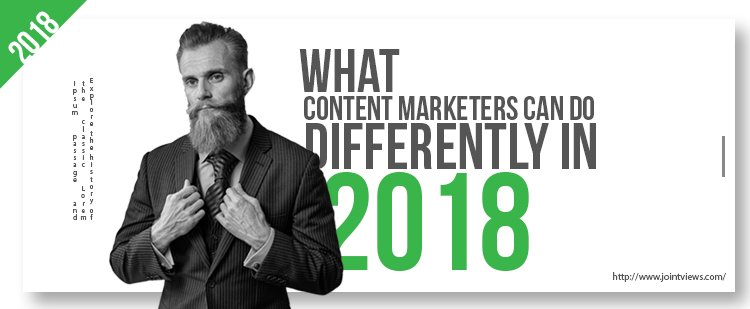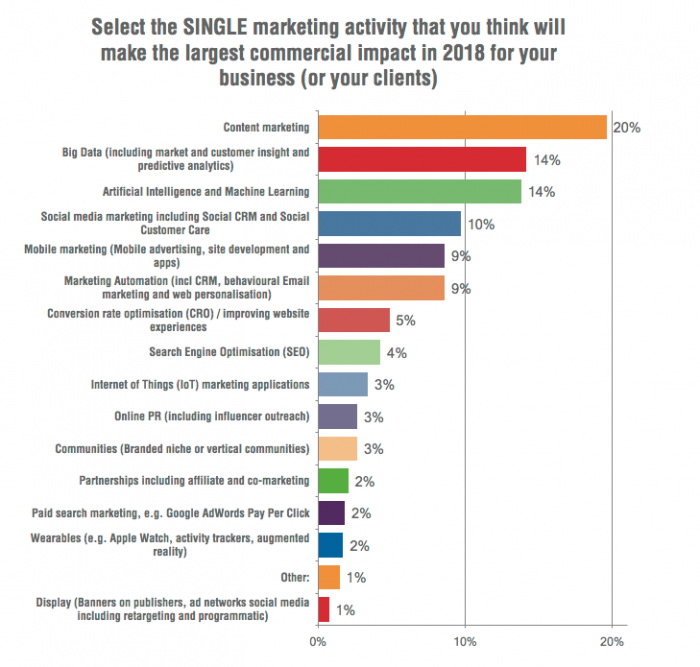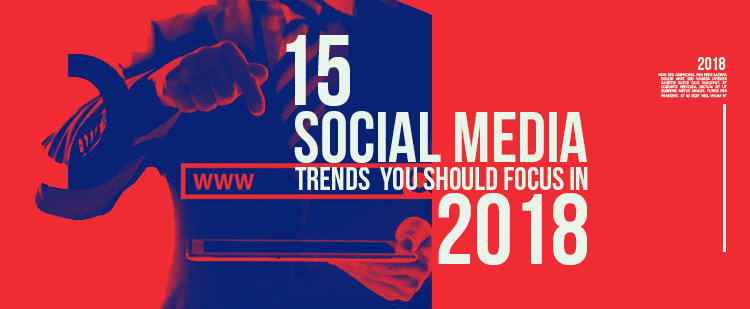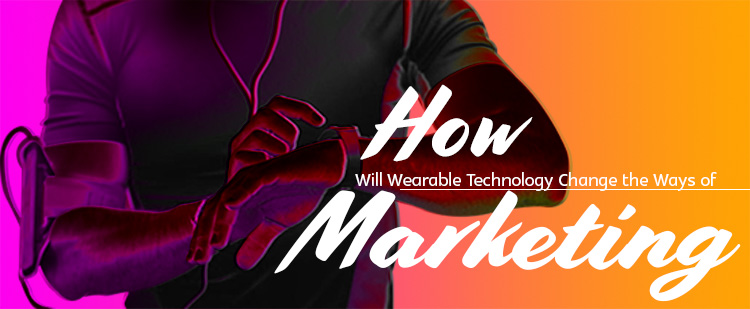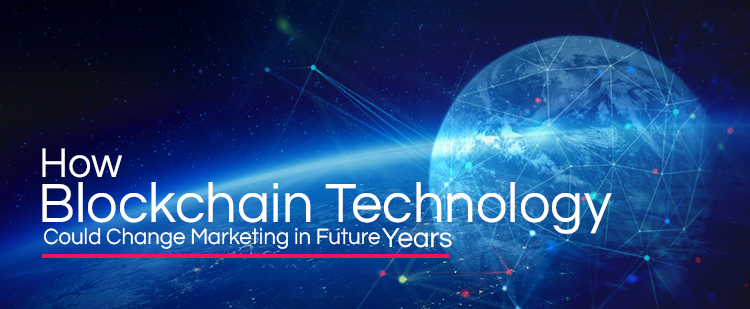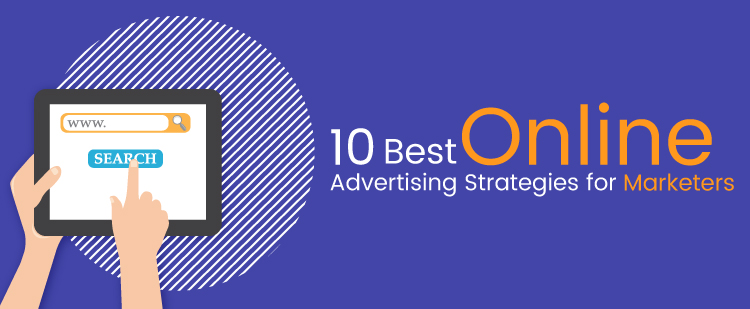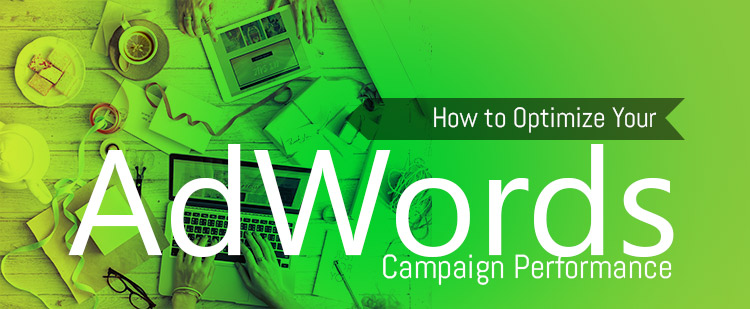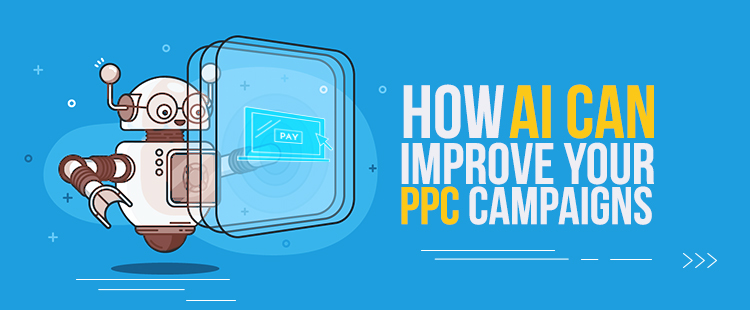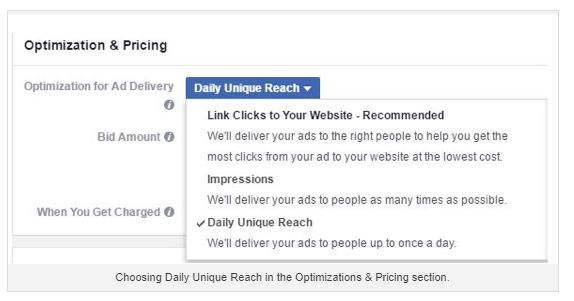Crowdfunding is an exciting alternative for start-ups to raise finance. The method allows founders to raise capital from general public who believe in their idea and support their cause.
Crowdfunding is growing as an idea every year. In 2015, $34.4 billion was raised through crowdfunding. Start-ups on Kickstarter, an online platform for crowdfunding has received donations $3 million in funding so far.
Not all crowdfunding campaigns are successful though and getting people to pledge money requires a lot planning. In fact, only one in three crowdfunding campaigns reach their goals.
Here are 15 Strategies to make sure your crowdfunding campaign is successful.
#1: Involve your Investors
Crowdfunding appeals to the regular audience because it gives them a chance to participate in innovation and business creation. Give your investors a say in your business by involving them in market research, product design and marketing.
You will not only receive valuable feedback but will also multiply your word of mouth by involving many other people.
For example, NikeID by Nike provides a platform for customers to design their own shoes. These practices can be extended to crowdfunding easily as public involvement is at the centre of this concept.
#2: Support a Cause
Pledging your capital and efforts for a social cause will convince more people to support you. Don’t worry if your business is not a social service.
You can show sustainability and care for community in many parts of your business.
Mexiuan is an e-commerce platform raising funds on Kickstarter. They support socially committed Mexican brands that employ underprivileged Mexican artisans and children with disabilities.
Supporting a social cause makes success of your crowdfunding campaign more likely.
#3: Make it a Personal Story
People take decisions emotionally rather than logically. They make decision based on the emotional ‘why’ and justify it later with the logical facts of the matter.
This is the reason why crowdfunding for college bills and funeral expenses also sees tremendous success.
Sharing your story is essential as it answers the ‘why’ in your business. Always make sure you talk to audience in the video and share your journey as an entrepreneur.
Apply the techniques of good storytelling to make your case more compelling.
#4: Benefit Investors
Though the main objective of your campaign is to raise money, remember that crowdfunding campaign must be designed to benefit your investors too.
A deep understanding of your investors is necessary for this. What are the investor’s needs and pain points? How can you solve it? Your customers and potential investors are often the same for a crowdfunding campaign.
Benefits offered could be limited edition of product, discounts and offers, exclusive content or equity in company. A benefit doesn’t have to be monetary all the time.
Recognition for a cause, a thank you note or satisfaction of helping is also benefits that entrepreneurs are using successfully.
Make sure that the benefit fits into your story and is compelling enough for people to take action.
#5: Visual Presentation
Make your campaign as visual as possible. Include videos, pictures, testimonial and screenshots wherever possible. Your campaign page must give your viewers a peek into your business.
Good explainer videos have been shown to increase conversion rates by upto 30%.
Make a video that reflects the ethos of your company. Here is a funny video from Sensibo for their crowdfunding campaign.
Remember the video doesn’t have to be fancy. Many entrepreneurs have raised good amounts based on a sincere message on a clear video shot at their desk.
#6: Set realistic Goals
Here is an important tip on crowdfunding campaigns. People support campaigns that are closer to achieving their goals.
Most of the platforms show the percentage funded relative to the goal you set.
Setting up huge targets for your campaign can be a mistake sometimes. People are less likely to fund you if page says $10 pledged or 4% funded.
Set up small targets that are achievable and repeat another campaign if required. Running small and successful campaigns will also build your reputation as a regular fundraiser on the platform.
#7: Launch with a Bang
This is where most of the entrepreneurs go wrong. They think that money will just start rolling in once they have uploaded a great video.
It’s important to understand that crowdfunding campaigns need traction to get going. People want to put their money in a campaign that is likely to succeed.
Therefore it is important to launch your campaign on the right note. According to Indiegogo, 42% of funds are raised in the first and the last 3 days of campaign.
Raising funds must start before the campaign is launched. Ask your offline investors to invest via the crowdfunding platform as soon as the campaign is live.
Your campaign should ideally reach 30% of its goal within a week. This will give it more visibility and accelerate conversion.
#8: Use all Digital Marketing Channels
There are hundreds of crowdfunding campaigns launched every week. How do you make sure that yours is noticed?
Outreach or marketing of your campaign is required to get traffic to your campaign page.
Spread the word on your campaign on social media. Plan PR in popular publications, blogs and websites in your industry. Email marketing is another channel that will give you lots of traffic.
Build a targeted email list of at least 5000 email address to support your crowdfunding campaign.
You have to promote your campaign just like you promote your website to get traffic.
#9: Influencer Marketing
Support from right influencers can get you highly targeted audience that is ready to invest. Start a blogger outreach campaign a few weeks before your campaign.
Narrow down on 15-20 bloggers in your industry and request for guest posts, campaign mentions and backlinks to your page.
#10: Build a Community of Investors
Crowdfunding does much more that raise capital for your idea. It also builds a community of enthusiastic supporters for your business.
Putting your investors in touch with each other will build a stronger support system for you.
This also gives your investors a platform to communicate their shared value and support for a cause. This can be done on Facebook closed groups or forums on websites.
This active community will create excitement around your campaign and make it more attractive for their friends to join. It can also be a source of feedback from early adopters of your product.
#11: Update your Investors
It’s important to keep your investor community updated and engaged. Your investors have risked their money to invest in a start up that has no previous record.
Investors for iBackPack that raised $720,000 were left hanging when all communications from iBackPack were stopped with no delivery date promised
Regular communication builds investor’s confidence and assures them of good investment. This also helps in spreading goodwill and word of mouth in the community. Investors can easily pull in their friends to a campaign that is running profitably.
#12: Use the Right Platform
There are many options available to launch crowdfunding campaigns. Some of the famous ones are Kickstarter, Indiegogo, GoFundMe, Patreon and Tilt.
Each platform has its advantages depending on your business and project.
For example, Patreon is mostly used by content developers of videos and podcast who require recurring investment every month.
Fundly.com is the largest site for raising funds for non-profit social cause.
#13: Create Excitement
Some campaigns gain a lot of attention because of the innovative product that they are marketing. Think of how Apple builds excitement for its product launch.
They keep a mystery element until their launch and have their customers waiting in excitement by the time the product is shipped.
Your product may not be inherently as exciting and will require even more marketing in that case.
Most successful campaigns plan their marketing strategy 8 to 12 months in advance.
Use storytelling and influencer marketing to build up excitement until your launch day.
#14: Leverage Offline channels too
Many entrepreneurs make the mistake of thinking that crowdfunding will raise 100% of funds from strangers online.
The truth is that you need the support of all your friends, family and contacts to get your campaign going.
Do not underestimate the role of offline channels such as networking events, pitching to investors, support from friends and mentors.
Besides, having reputed investors and PE firms already invested in you greatly increases your credibility on crowdfunding platforms.
#15: Do the Math
Last but not least, research on all facts on crowdfunding before you jump in. What are the average contributions that you can expect? Which platforms convert the most for your kind of projects?
You must calculate the estimated collection, budget and ROI for crowdfunding just like you would do for any other business activity.
Also remember to factor in video making costs, prototype development, marketing expenses while budgeting for your campaign.
Here are some numbers to help you plan your campaign in advance:
1.The average conversion rates is 3%. That means 3 out of 100 people who visit your page will back your campaign (Forbes)
2.Having a video increases your contribution by 20-30%
3.30 Day campaigns are the most successful (Indiegogo)
4.Campaigns that work in teams raise 3 times as much funds as solo campaigners (Indiegogo)
Bringing it all together
At its core crowdfunding is all about cutting out the traditional financing institutions and setting up a democracy for funding ideas.
It is a great way to raise funds, build supporters and get a customer base that believes in you.
Do your research, start planning a detailed strategy early and launch with a bang to maximize your success.
Do not forget to do online as well as offline methods of promoting your campaign to build excitement.
